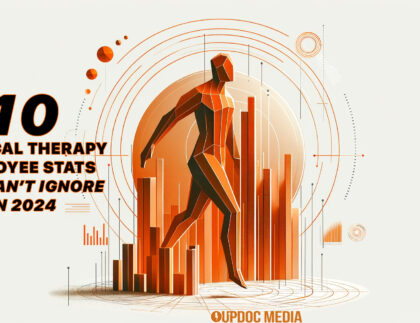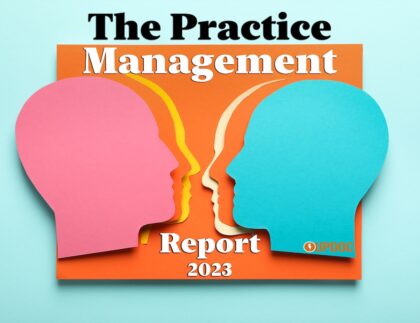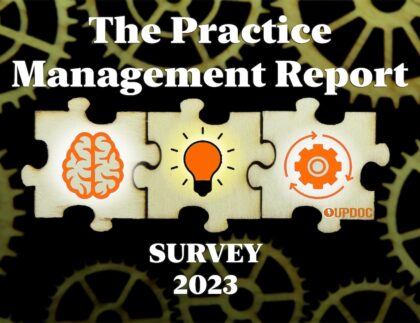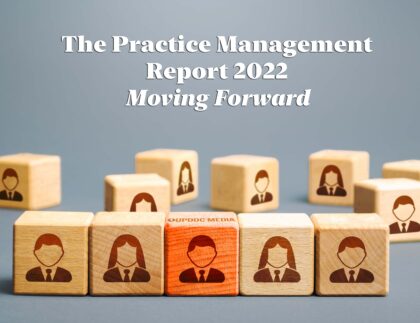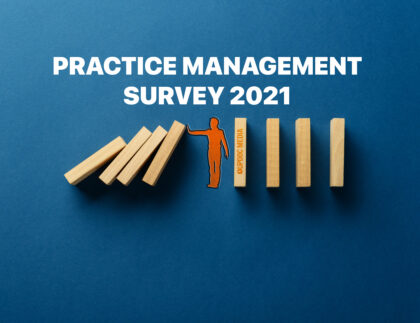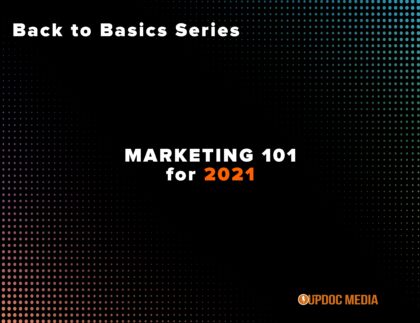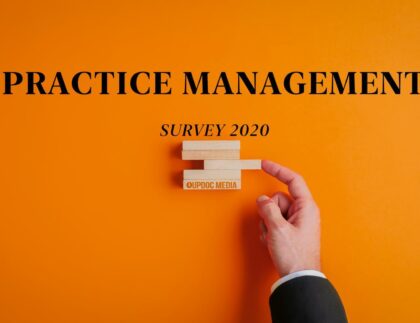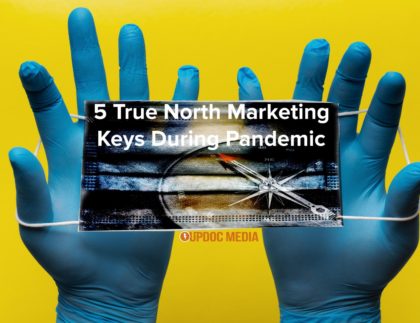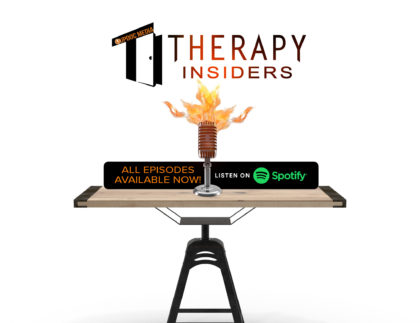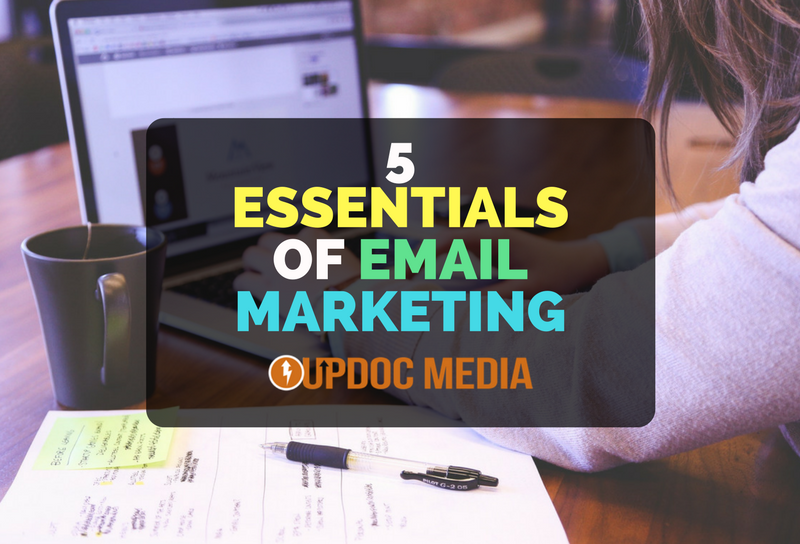
The thing of it is, you’ve must have noticed that Email Marketing has been changing — rapidly in fact. In just the last 6 or 7 months alone, I’ve noticed several trends that have shaken the workflow of how Email Marketing fits within a company’s marketing strategy.
Fortunately, there are unifying behaviors we can count on, as one thing will remain constant: People will be people and will always value one thing above all — TRUST.
5 Essentials of Email Marketing
BUUUUUT…. before we get down to the essentials, we need to talk about that “F” word.
FUNNEL.
I laugh a bit each time I hear this word, primarily because most of the people I hear talk about funnels don’t really get what a funnel is…. they just visualize that infographic every marketing and sales seminar tends to share. You know the one. That one which shows the general consumer populace, breaks them down to ideal customer buyer personas, shoves them through this algorithm of automated content distribution which ultimately compels them to buy… which tends to be the BIGGEST part of the infographic… them dollars signs, repurposing and retargeting and reshuffling THE LIST, and buy-buy buy!
The thing is… there’s nothing wrong with the above.
HOWEVER, people are catching on. And, are getting sick of it BECAUSE most email marketing templates don’t incite trust… they incite impulse.
And, if parents have figured out the checkout aisle at Target, you better believe consumers have figured out the difference between an email inciting an impulse buy, versus an email offering no ulterior motive other than to deliver value.
What many call the sales funnel, I’ve always learned it as the customer conversion journey. It’s never one singular step, ad, content piece, or email that causes people to buy… it tends to be for a litany of reasons, a complex process, and again that keyword: TRUST!
So, really: These 5 essentials of email marketing are all about building trust.
1. The Lead Capture
Deliver value first, then ask nicely. This is the basis of inbound marketing and the first steps of email marketing. You, as a brand, are offering information, content, a service, or a product for the low, low price of someone’s email address.
It’s a micro-purchase.
The sales psychology here is that once someone makes a micro-buy, a certain proportion of them are likely to make subsequently bigger buys over time. Your only obligation is to keep in contact with them. Typically, the micro-purchase opt-in occurs with some type of a lead magnet. This could be an e-book, a PDF report, a free phone call session, a pre-recorded webinar, a live webinar, an in-person-screening, or a free trial access to a paid subscription access, etc. etc. etc.
Ultimately, the biggest question you need to ask is this: HOW am I going to use e-mail address to cultivate trust?
The second biggest question you need to ask is: What will you give them that is worthy of the risk of being spammed into oblivion? 😉
2. The Value Continuation
Deliver value again and don’t ask for anything at all.
This is the HARDEST part of email marketing. Creating a lead magnet and capturing email addresses… this isn’t hard at all. Many pop up marketing agencies and white label webinar companies do this… every. single. day.
What’s their sell? Make 5-figures off your 1st webinar! Earn $90k a year, straight from home! They tend to teach you how to do what they are doing… for a price — leaving out a few details, for yet, another price. Sure, for some, that “reward” is worth the risk of a life time’s supply of spam…. maaaaybe.
But, am I going to buy, after I figure out much of what they had to give me, really wasn’t worth it? HELL. NO!
That, is why I said in #1 above, the most important question is: HOW will you cultivate trust?
Once your opt-in audience has consumed the lead magnet, there needs to be more in it for them, more you know & more you have that you can freely share. If not, then there are bigger problems. It is here in the value continuation that you must consistently deliver value for upwards of 5-8 bouts of exposure BEFORE (effective frequency) you make a strong ask. While the concept of effective frequency in advertising and sales can be controversial, the reasonable person would agree that the 1st ask isn’t typically met with a, “Yes.”
Again… it’s all about TRUST.
3. The Trust Cultivation
Now that your audience has opted-in, they’ve checked out your lead magnet, and you’ve sent them more useful content to try out… it’s time to build up trust.
Wait… what?!
Yes, I’m saying that even after giving them 5, 6, 7, 8… 10… maybe even 15 e-blasts, they are STILL not truly ready to buy. Would you be? The trust cultivation has to do with segmenting out your audience. To the audience that has consistently “bought” through opening and/or clicking on your emails, you send more content. To the audience segments that haven’t engaged as much, you ask them very plainly “Why” and/or “How can I be of more value to you?”
There’s no point keeping a bunch of disinterested people on your lists, who are also driving up your subscription costs to an Email Marketing service; particularly if those same folks may begin complaining that you’ve locked them into some spam war.
Trust me… people talk. You DO NOT want them talking ill of your emails.
The best way to cultivate trust via email is to deliver specifically to their needs. General e-blasts are fine and acceptable; specific content is warmly welcome 🙂
4. The Readiness to Converse
Now that you’ve identified engaged, disengaged, interested, disinterested, and content specific segments, it is time to discern if they are ready to have a conversation.
How do you know when someone is ready to buy or talk about buying?
Hehe… By asking! If your email platform has the ability to send plain text emails to certain user behavior segments, this is a great time to do so as plain text emails have higher levels to their open, click, and reply rates… likely because such emails feel like it’s organically sent from someone’s actual outbox… not by some automation feature. The other way to do so, less explicitly, is to create secondary opt-ins.
A secondary opt-in can segment users or create an entirely new list of users who have demonstrated their fandom to your content and brand; also, that they’ve consistently engaged with your content and wouldn’t be opposed to a stronger ask… such as, signing up for yet another lead magnet.
Sure… you’ll get some complaints, some un-subscriptions… maybe even a few strongly worded replies, likely before even this action phase. The key is being authentic. Personally, every person that emails me with an un-subscription request gets a manual reply from me, to which… I also briefly check their history of engagement. Typically, it is here that a human touch can detect key variables of which an automation workflow cannot… crucial reasons of why someone does or doesn’t want to buy further.
5. The Invitation: the Call To Action
You’ve delivered all this value, specific and precise… now, it’s time to ask again and ask nicely.
How???
By now, if you haven’t run out of content, you’ve done your homework back in Step #1. You’ve sincerely and thoroughly answered the question: “HOW am I going to use e-mail address to cultivate trust?”
By now, you should’ve segmented out your audience and identified a strong cluster of individuals who are legitimately interested in what your company has to offer. By doing so, you’ve set up your conversation and your customer up for success. It’s like filling out an online dating profile; to the people you ask, you’ve already shown yourself to be consistent and trustworthy. When you ask them about jumping on a sales call or online demonstration, it’s no longer a cold ask… it’s warm, it’s welcome, and it’s expected.
It will also feel great, because the vast majority of this lead segment are truly leads…. not people plainly interested in investigating what you are up to with no intention to buy.
It also protects your brand when the majority of people whom you ask are mutually interested.
Again, people talk. You want them saying good things 😉
So, whether you task your marketing team to specifically reach out to true lead segments, send them an automated plain text email, or pick up the phone and call them… the key is this: be genuine is closing the loop.
Is your company a good fit for THEIR needs?
If not, be the first to say so. If you are a good match, then guide the conversation to speak on what working with you or buying from you could look like from THEIR perspective. Put their needs FIRST. After all, they are your ideal customer!
Ultimately, Email Marketing is a sub-specialty of correspondence marketing. There’s going to be a huge space for this within social media messengers, messaging apps, SMS, etc. etc. etc. for the many coming evolutions of digital marketing.
The marketing skill set you’re going to try to develop for your company isn’t the skill of email, itself. It’s the skill of authentically communicating through sincere copywriting and translating metrics into humanizing user behavior traits.
